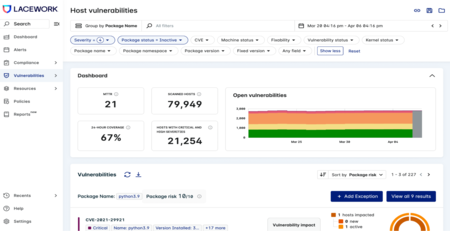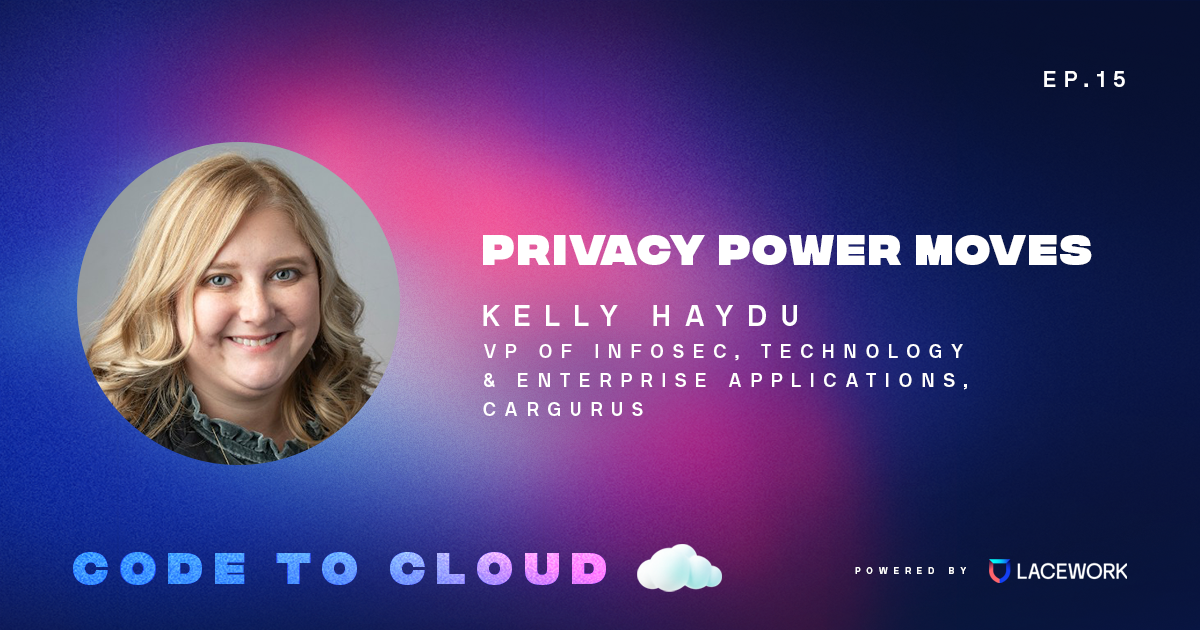What is cloud detection and response?
Four must-haves for deploying a CDR solution
Cloud detection and response (CDR) is a new approach that helps organizations quickly identify, analyze, and respond to potential security threats in cloud environments. CDR incorporates elements of related detection and response solutions, such as endpoint detection and response (EDR), extended detection and response (XDR), and more; however, it emphasizes a cloud-centric approach. The most significant difference between CDR and other related approaches is its reliance on the cloud fabric itself, enabling automated threat detection and analysis at scale through cloud provider services and APIs.
Modern CDR solutions collect and process huge amounts of data from various sources like logs, network traffic, and user activity across cloud workloads to gain complete visibility into all cloud resources and behaviors. Then, they monitor and analyze that data using a combination of sophisticated machine learning and predefined rules to identify suspicious activities. One of the hallmarks of CDR solutions is that they integrate with threat intelligence feeds to stay updated on known threats and indicators of compromise. When a potential security incident is detected, they automatically generate alerts with relevant details and actionable evidence for security teams to investigate. They offer automated response capabilities, such as isolating compromised resources or blocking malicious IP addresses, to mitigate the impact of incidents. They also provide forensic capabilities for incident investigations and generate reports for compliance audits and risk assessments.
This technology equips security operations center (SOC) and incident response (IR) teams with relevant data on suspicious activities, allowing them to quickly assess and respond to potential cloud-based threats. By providing contextualized information, CDR can streamline investigation, helping teams effectively triage and respond to security breaches in the cloud.
Why is CDR important?
Cloud environments are infinitely more complex than on-premise environments. They are constantly moving and changing. There are hundreds of thousands of data points; a small army of human and non-human entities tweaking that data at all hours of the day. It requires comprehensive and continuous visibility into cloud events and behaviors to effectively identify and respond to potential threats. Existing threat detection tools were simply not built for the cloud and fail to provide comprehensive visibility and insights at scale. For example, EDR solutions are built for physical and virtual endpoints and servers, very different from ephemeral workloads, containers, and serverless in the cloud. As a result, cloud attack surfaces and patterns can be quite different, making CDR a foundational piece for any cloud security practice.
Analyzing cloud data is a critical aspect of identifying and mitigating threats in cloud environments. Without complete visibility into cloud events and behaviors, it can be challenging to detect and respond to security incidents effectively. By analyzing cloud data and leveraging visibility tools, organizations can proactively monitor their cloud environments, detect threats early, and respond to them quickly to minimize potential damage.
How do I put CDR into practice?
Given that cloud detection and response is a relatively new approach, it is important to not get blinded by different vendors’ perspectives, but rather focus on the key capabilities that you need to effectively detect and respond to cloud threats. A dedicated CDR solution typically automates the following tasks and processes to make it easy to detect threats and respond at scale:
- Continuously monitor cloud environments across the application development life cycle for suspicious activities and intruders
- Detection of threats and attacks by correlating cloud data with threat intelligence and security posture
- Alert enrichment and triage, response, and remediation
- Evidence collection and correlated insights for incident investigations
- Integration with workflow tools such as JIRA to open a ticket for a developer
CDR is a critical component of a cloud-native application platform (CNAPP). It helps organizations gain centralized visibility and control over security events across their cloud environments from one place, so they can achieve a more robust security posture and proactively defend against the evolving threat landscape.
Here are four key CDR capabilities you will want to look for:
1. Employ agent and agentless for full visibility. To secure a cloud environment, visibility is essential, whether it is public or private. Agent-based continuous monitoring can provide extensive knowledge about workloads, while agentless monitoring enables flexible monitoring across various cloud environments, making the combination of both ideal for achieving the necessary visibility and context for effective protection.
2. Have a precise understanding of what occurred during an attack. A security tool that can identify cloud environment vulnerabilities with attack path analysis is essential. This type of analysis offers a comprehensive understanding of potential compromises and correlates various risk factors to visualize attack paths, identify vulnerable assets, and demonstrate how attackers may target them.
3. Find early signs of in-progress attacks that otherwise go unnoticed. A solution that leverages data intelligence, behavioral analytics, and anomaly detection is essential for identifying attacks like cloud ransomware, cryptomining, and compromised credentials in complex and ephemeral cloud architectures. Advanced CDR solutions can automatically correlate multiple alerts, including lower severity security events that may be overlooked by security teams from disparate sources like log-based as well as runtime detections and telemetry, into highly actionable and opinionated alerts precisely identifying complex exploits. It also automatically collects evidence and enriches alerts’ context with all details so organizations can understand not just what it detected, but also why and how they detected the attacks.
4. Get full context of alerts for fast detection and remediation. A comprehensive view that consolidates critical details is required for teams to efficiently prioritize and investigate security events. A graphical timeline view of events that includes all essential information reduces the time and effort invested in investigations, allowing teams to focus on the vital aspects of the event and quickly access information on how to remediate it. Remember, it is not just about integrating different solutions in one place, but actually unifying the interface as well as the underlying data.
The complexity and constant evolution of cloud environments necessitate comprehensive visibility into cloud events and behaviors, making CDR an essential tool for effective threat detection and response. By implementing cloud detection and response with these key capabilities like full visibility, precise attack understanding, context-rich alerts, and built-in threat research, organizations can proactively monitor and defend their cloud environments, achieving a robust security posture in the face of the evolving threat landscape.
Embracing cloud detection and response as part of cloud-native application platforms empowers organizations with centralized visibility and control, further enhancing their ability to protect critical assets and maintain a secure cloud environment. For more information on how Lacework accomplishes CDR better with anomaly-based threat detection, we encourage you to read about the unique, data-driven approach to cloud security of the Lacework Polygraph® Data Platform.



